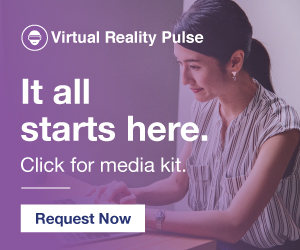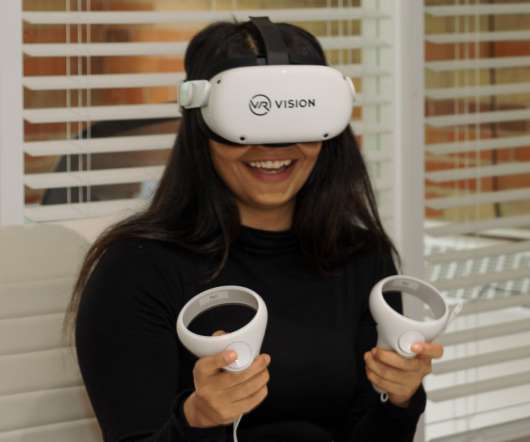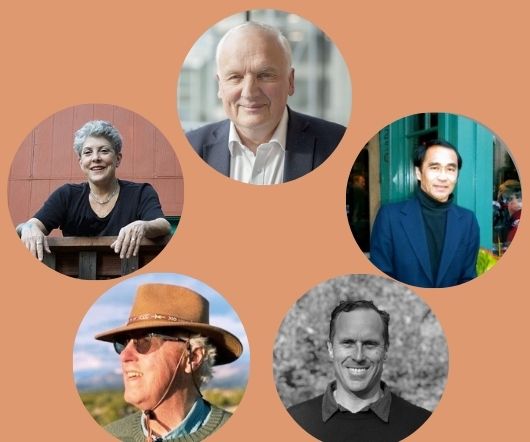The Birth of a Virtual Reality Camera Rig
Headjack
APRIL 9, 2015
When we first got seriously interested in virtual reality several months ago, we noticed that there was hardly any video content available. Now we know why; because filming in VR is very, very complicated! The main problem is that there are no off-the-shelve camera rigs available that film on all sides at the same time in stereoscopic 3D. Sure, there are 360 camera rigs for sale, but as I discussed in a previous article , most of these cameras offer appallingly low resolution, significant fish-e



























Let's personalize your content